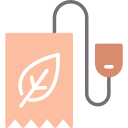Sustainable fabrics have become the cornerstone of eco-friendly fashion, empowering conscious consumers to make choices that benefit the planet. By prioritizing materials that are renewable, biodegradable, and crafted with minimal environmental impact, one can create a wardrobe that treads lightly on the Earth. This page explores innovative textiles and ethical approaches shaping the future of sustainable style, guiding you through the essential fabrics and values to embrace.
Organic Cotton: A Cornerstone of Eco-Fashion
Organic cotton supports farming systems that enrich soil health and foster biodiversity. Farmers adopt crop rotations and natural pest control, breaking the cycle of chemical dependency so common in mainstream agriculture. These methods encourage a living soil teeming with beneficial organisms, locking in carbon and reducing greenhouse gas emissions. Through these regenerative techniques, organic cotton farms become sanctuaries of environmental resilience and rural prosperity.
Previous
Next
Hemp: Nature’s Powerhouse Fabric
01
Regenerative Cultivation
Hemp plants grow rapidly, often without the use of pesticides or herbicides, and self-fertilize the soil for subsequent crops. This unique trait makes hemp a powerful ally in regenerative agriculture, helping reverse land degradation. Through this natural process, hemp fields can restore lost nutrients, prevent erosion, and promote higher yields for future planting cycles. Each stage of hemp’s life supports the greater ecosystem, making it a truly restorative crop for the planet.
02
Versatile and Durable Textiles
From rugged denim alternatives to light, airy knits, hemp can be spun into diverse fabric styles that weather daily wear with grace. The fibers’ intrinsic strength outperforms many natural materials, ensuring long-lasting clothing and reducing the frequency of replacement. This built-in durability translates to less waste over time, as garments serve their purpose for years rather than seasons. With a timeless look and sturdy build, hemp fabrics offer enduring value to any wardrobe.
03
Biodegradability and End-of-Life Benefits
One of hemp’s most important environmental attributes is its biodegradability. At the end of its useful life, hemp fabric naturally decomposes, returning nutrients to the earth without releasing toxins or microplastics. This closed-loop potential stands in stark contrast to synthetic fabrics that linger in landfills. By supporting hemp clothing, individuals participate in a life cycle that prioritizes renewal and responsible disposal, shifting fashion toward a more circular model.
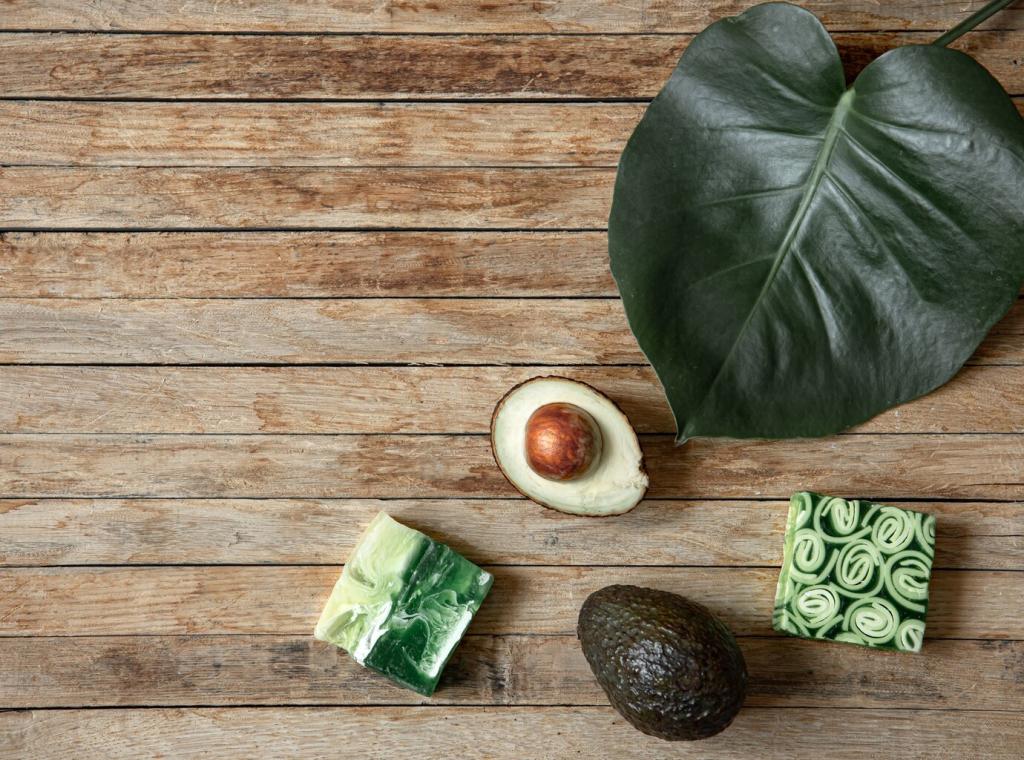
Responsible Sourcing of Raw Materials
The origins of TENCEL™ Lyocell fabrics lie in responsibly managed forests, where trees such as eucalyptus are grown without artificial irrigation or genetic modification. These forests are certified by organizations like FSC and PEFC, ensuring that every harvest maintains environmental balance and supports local biodiversity. Responsible sourcing safeguards the integrity of surrounding ecosystems, linking forest preservation directly to the clothing in your closet.

Closed-Loop Manufacturing
A hallmark of TENCEL™ Lyocell is its pioneering closed-loop manufacturing process. During fiber production, non-toxic solvents are used to dissolve wood pulp and are then captured and reused in subsequent cycles, minimizing waste and preventing pollution. This innovative technique substantially reduces the fabric’s environmental footprint compared to most petroleum-based or water-intensive textiles. The technology behind TENCEL™ Lyocell demonstrates that sustainability and industrial efficiency can coexist.
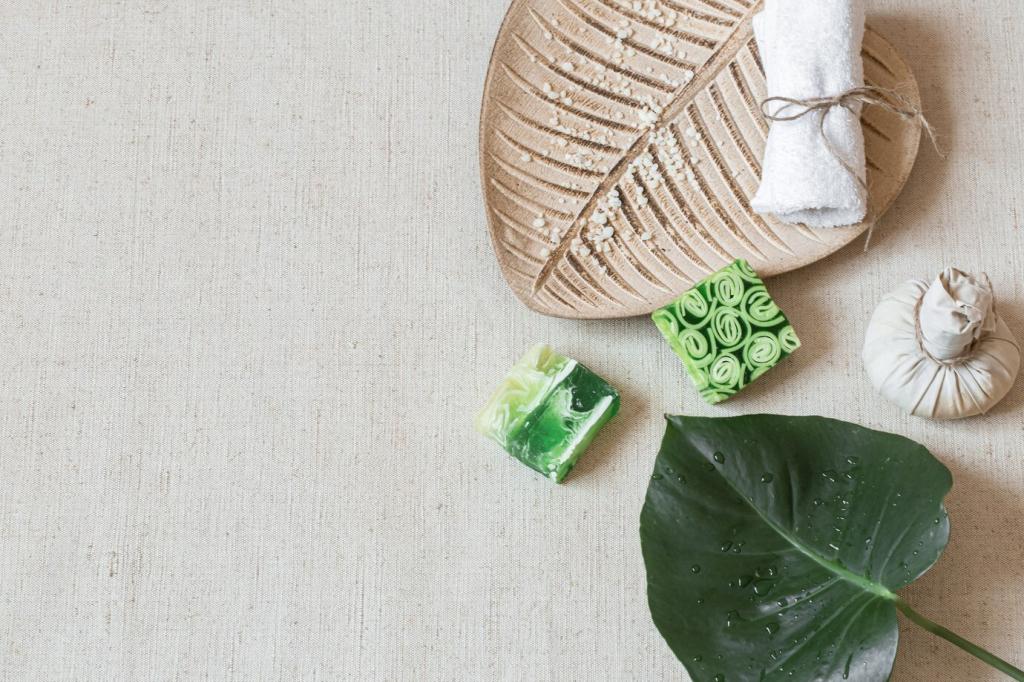
Linen: Timeless, Low-Impact Elegance
Flax flourishes in temperate climates with little irrigation and a natural resistance to pests, eliminating most chemical interventions. Crop rotation strategies enrich the soil, supporting organic practices and biodiversity. Flax’s rapid growth allows it to be harvested within a single season, maximizing land efficiency and minimizing resource use. When processed thoughtfully, this ancient plant is a model for what low-impact, high-reward farming can deliver to the modern fashion world.
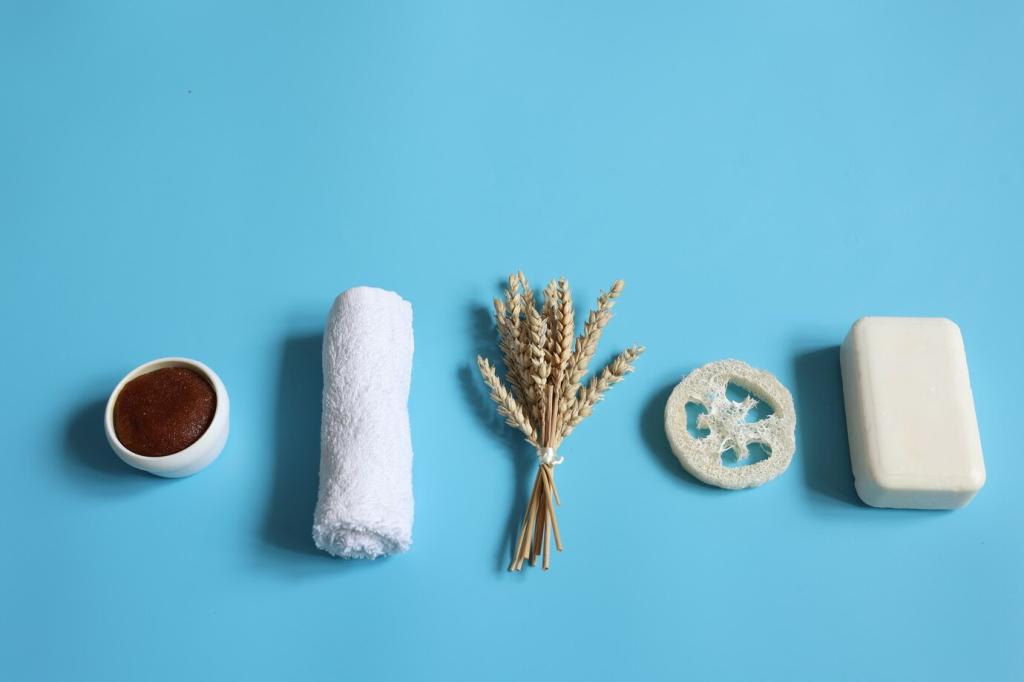
Bamboo: Renewable Resource, Responsible Choice
Bamboo forests can regenerate after harvesting in as little as three to five years, thanks to an extensive root system that prevents soil erosion and supports carbon sequestration. This remarkable speed and density mean that bamboo can yield far more fiber per acre than traditional crops. Its growth requires little intervention, making bamboo an ideal solution for textile producers seeking renewable resources that don’t displace food agriculture or vital habitats.
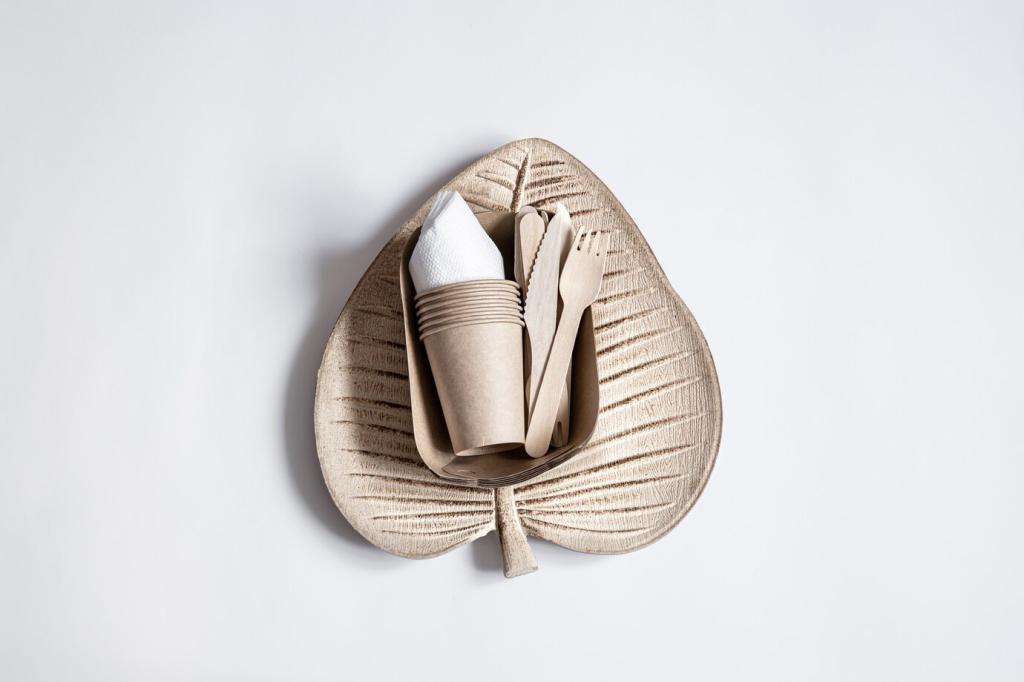
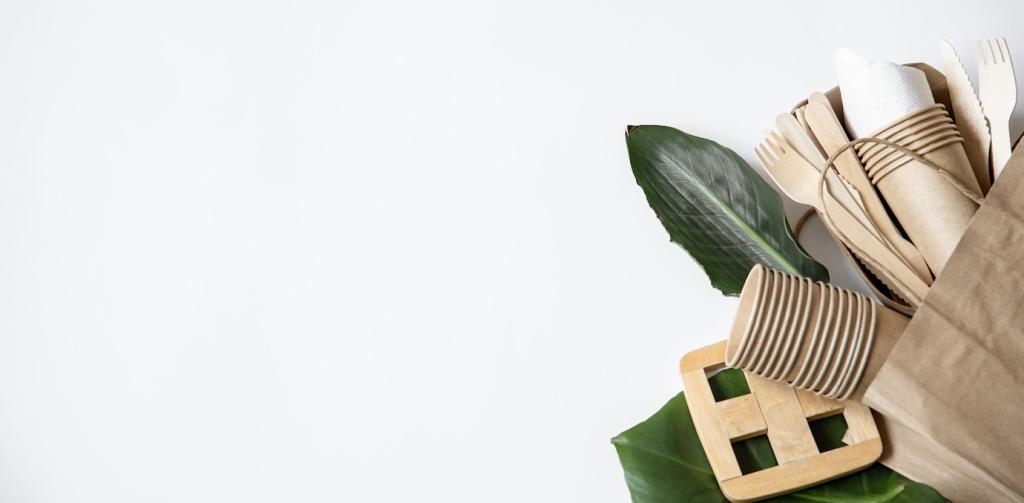
Previous slide
Next slide
